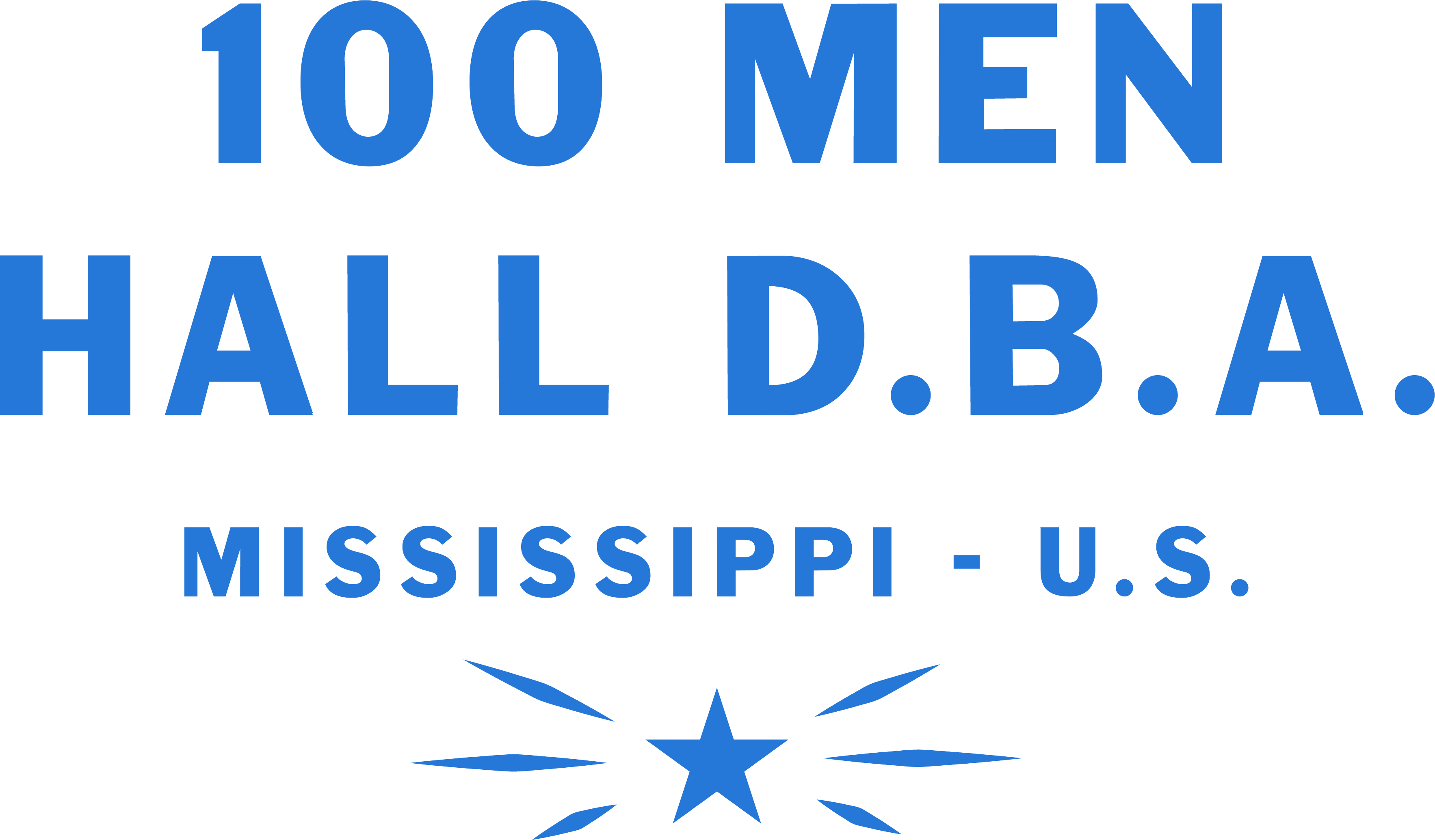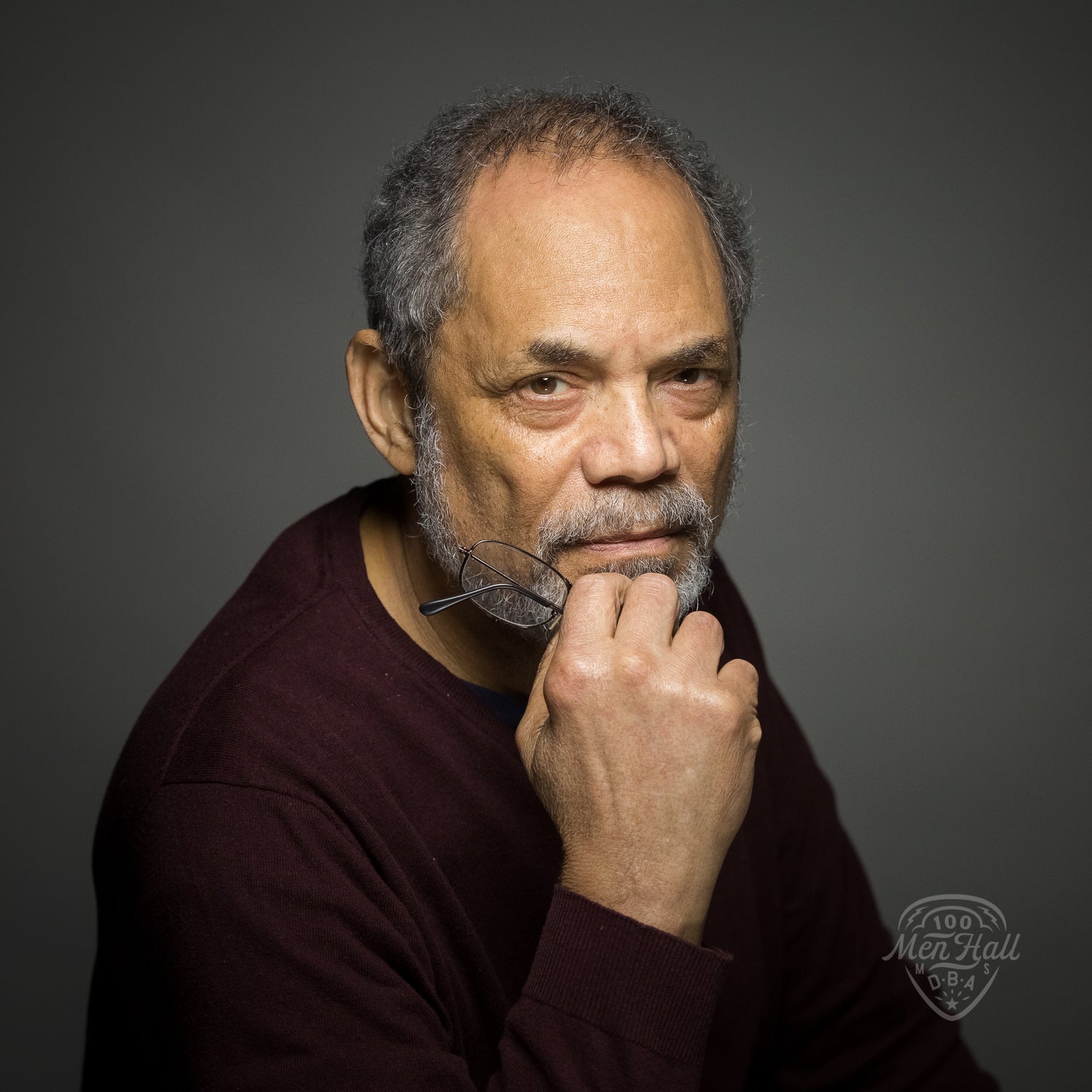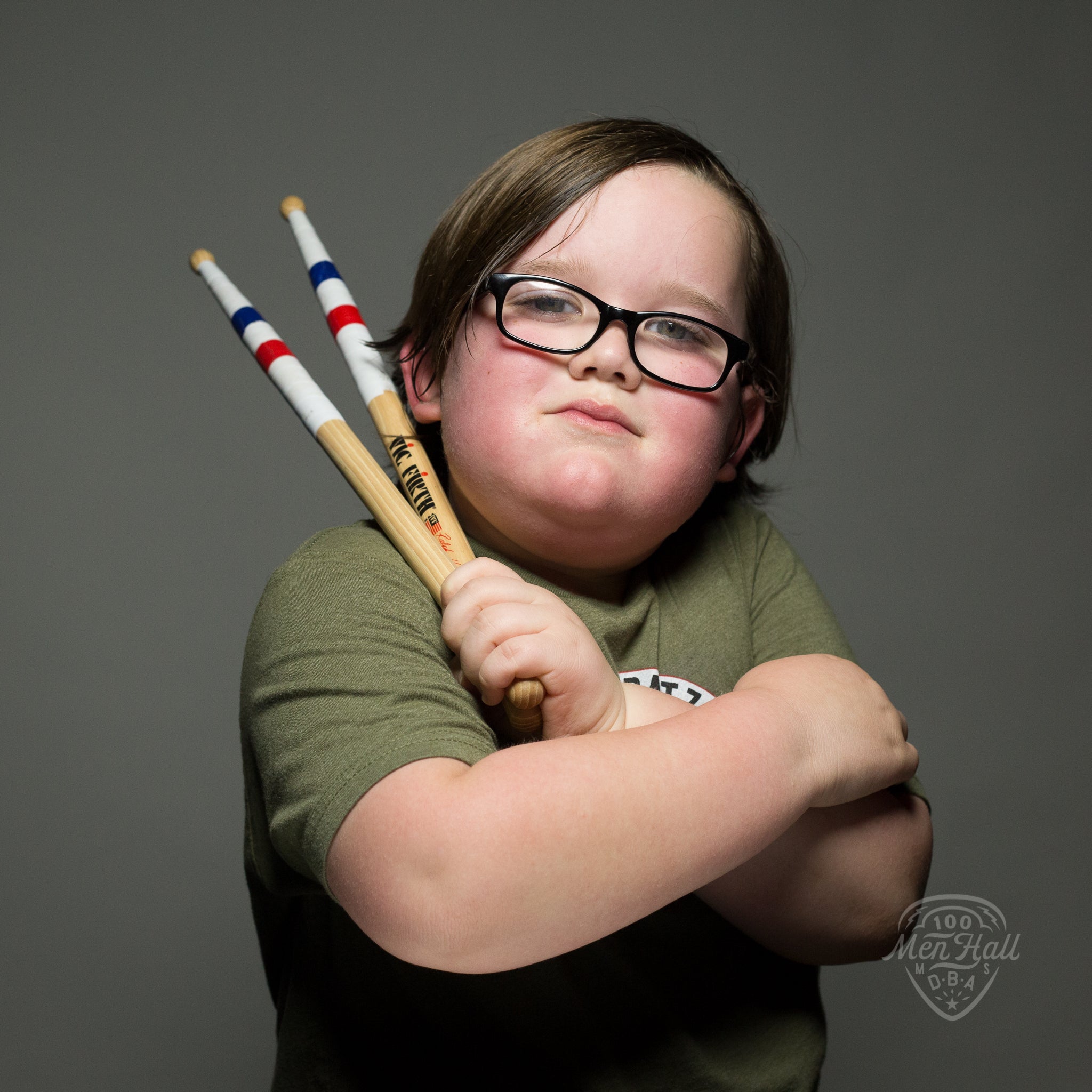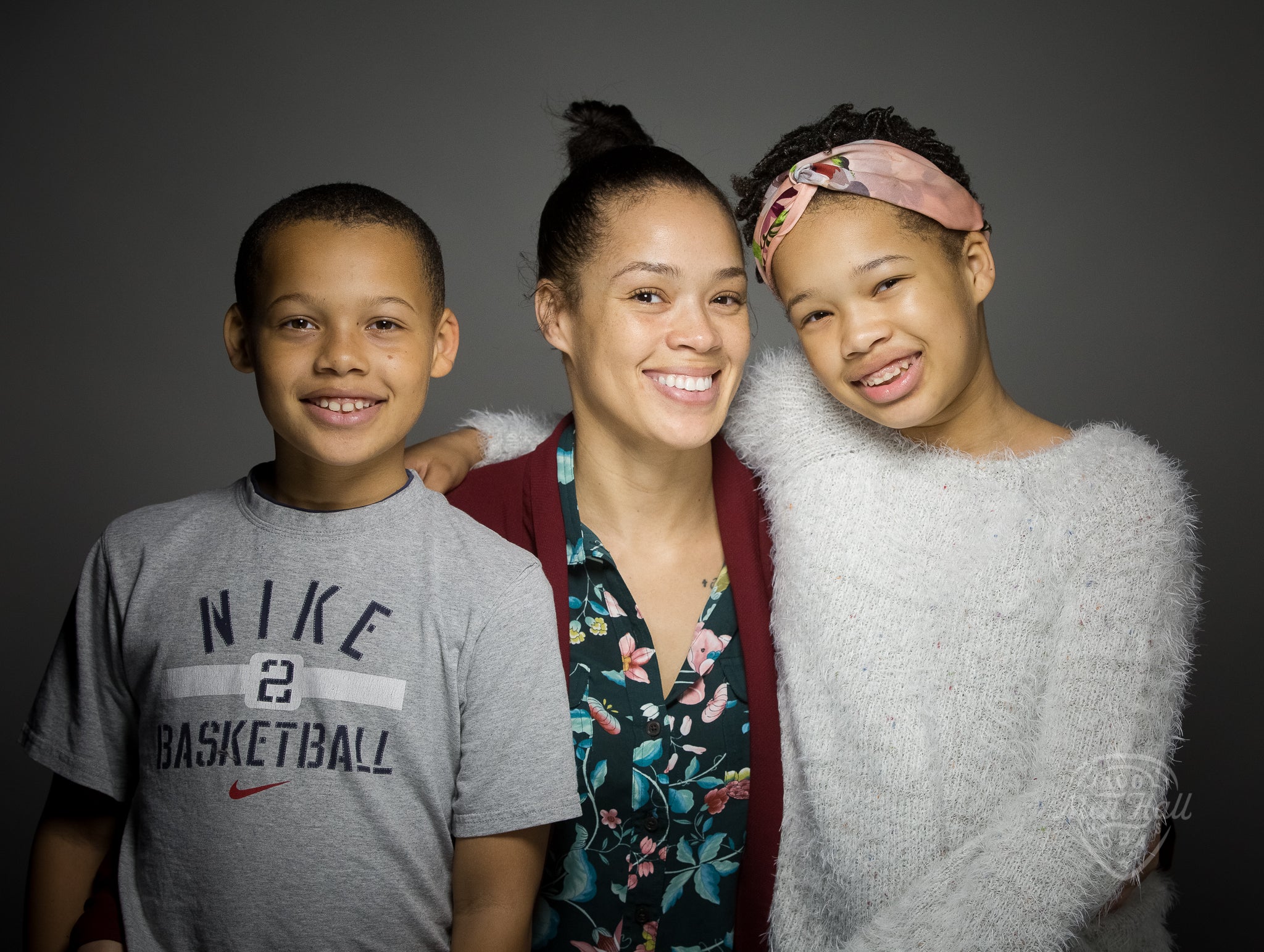DAY 007 Charles E. Joseph photographed exclusively for the 100 Men Hall People Project (100MHPP).
Back then, when I was in grammar school, the organization used the Hall for meetings and business they had, but they would also use it to host events by the community – the Black community – such as womanless weddings. They had a couple of these events but they weren’t as popular as the manless weddings were. They also had banquets for different occasions and dances on weekends. I became aware of the Hall by walking past the place because I was living on Sycamore Street. I started coming to dances for the youth in the community and then the big names like Ike & Tina Turner and Fats Domino started coming. I’ve seen Art and Aaron Neville before they were the Neville Brothers, and Deacon John, Wilson Pickett with the Falcons (he started out with the Falcons and broke off to his own band). The reason I remember Ike & Tina Turner is I had to sneak in when the show was just about over and right inside the door there was a spotlight. Ike and Tina were on stage and at some point in an upbeat number and a guy starts turning this big wheel, which turned the spotlight into a strobe light. That was the first time I saw that effect. James Brown played here, of course, and Etta James. I remember her because the guy in her band was sitting at his organ and I was on the side of the stage. I was looking at him playing and what caught my eye was every once in a while he would fiddle with two wires by the organ and would touch them together and let them go to make a Leslie switch. Hammond organs don’t have speakers and the switch had broken off and he was making it work.
I never had any money but the guy who booked all the acts was my classmate’s dad and he would see me hanging around and would say at a certain point, “Go on in.” That was Alfred Bennett from Pass Christian. Usually in the beginning it cost 75 cents to get in, and later it went up to $1.25 to $1.50 but at half time when the band went on break they would drop the price and I could get in for 50 cents.
Basically little has changed here, except there were booths along the left side, and on weekends the Hall would be open and people would hang out. Back in the day this was the place. This was always the 100 Men Hall, and I didn’t realize it was special back then, if something was going on, we came here. Later when I was an adult, I picked up word on the street the 100 Men organization was going out of business and the Hall was being put up for sale. They went out of business and were closing shop because they couldn’t keep up with the taxes. It was never advertised just word got out. I would have liked to buy the place but I couldn’t afford it because I had five kids by that time. I now have seven. I thought some guys could form an organization to keep it for us. I realized then it was part of my heritage and especially because my great grandfather was one of the founders.
(Photo by: Gus Bennett | The 100 Men Hall People Project)
____________
100MHPP RIGHTS USAGE TERMS: This official 100 Men Hall People Project (100MHPP) photograph is made available only for publication by news organizations and/or for personal use printing by the subject(s) of the photograph. The photograph may not be manipulated in any way and may not be used in commercial or political materials, advertisements, emails, products or promotions that in any way suggests approval or endorsement by the 100 Men Hall People Project or Rachel Dangermond.
© 2019 The 100 Men Hall People Project (100MHPP)
#100MenHall #100MenHallPeopleProject #mgcnha #heritagearea #GusBennett #Mississippi



Leave a comment
This site is protected by hCaptcha and the hCaptcha Privacy Policy and Terms of Service apply.